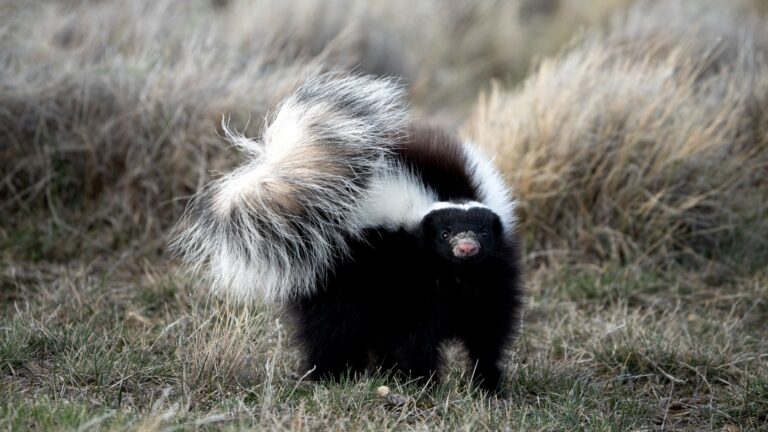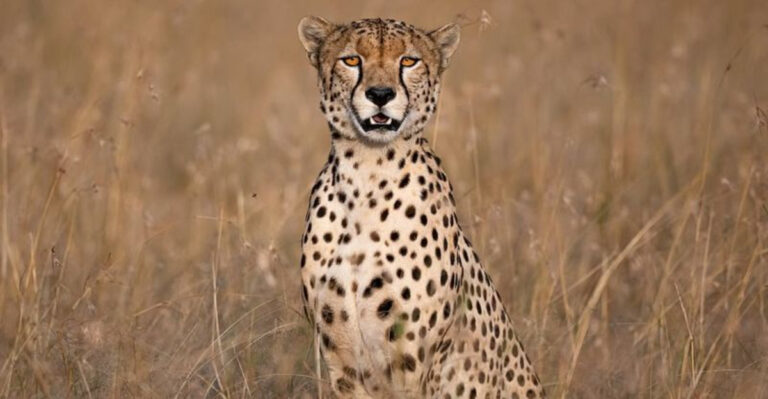16 Fascinating Facts About The Science Behind Pufferfish Inflation
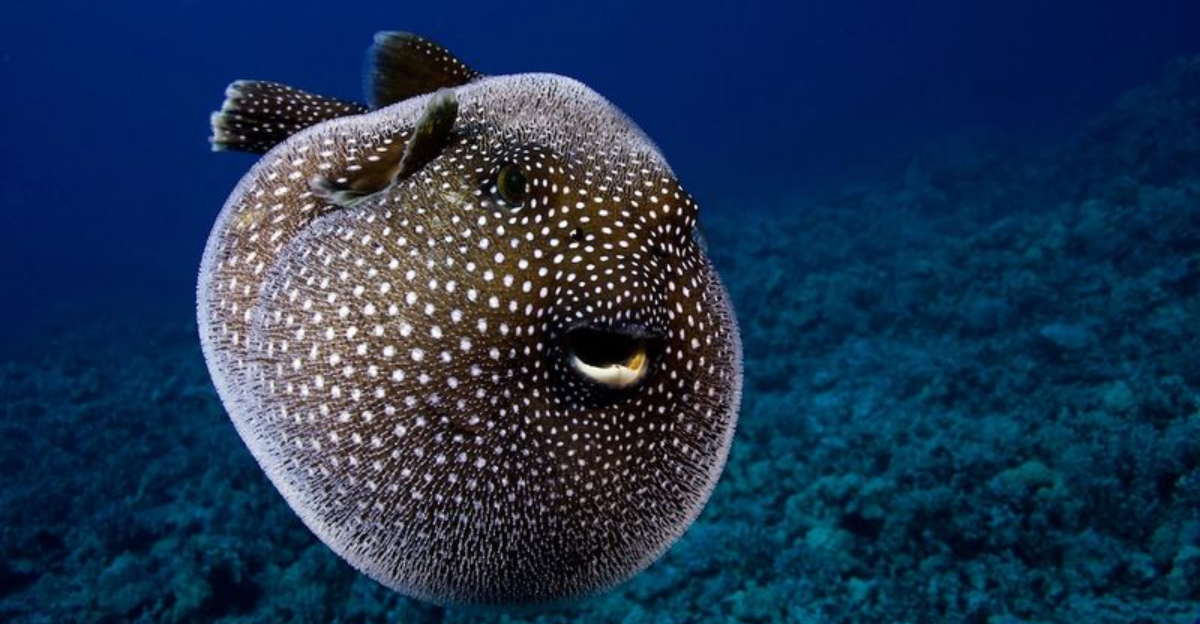
Ever wondered why pufferfish puff up like spiky water balloons? It’s not just for show. This intriguing ability is a sophisticated survival mechanism that helps them escape predators.
Dive into a world of quirky fish biology and uncover some truly fascinating facts about how these underwater creatures inflate themselves when threatened!
1. The Elastic Skin
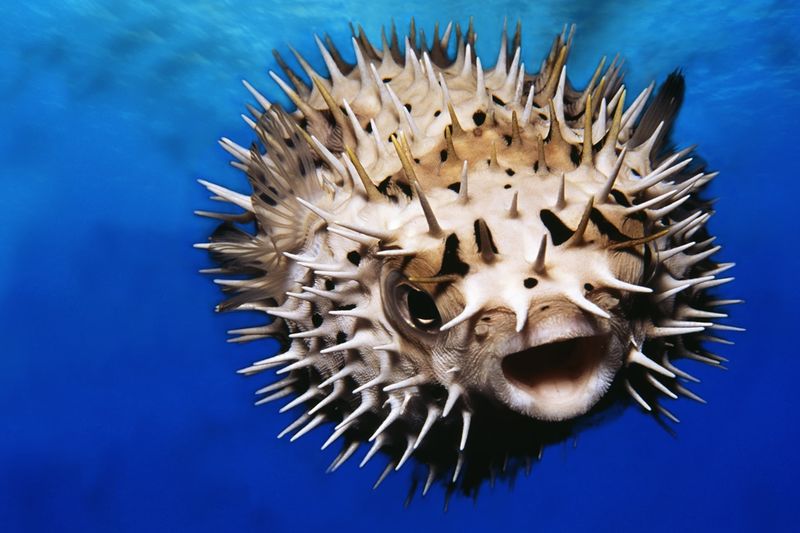
Pufferfish have incredibly stretchy skin that allows for impressive inflation. Their unique skin structure, combined with loose connective tissue, facilitates this expansion.
This ability helps them deter predators by making them appear much larger than they actually are.
2. Rapid Water Intake
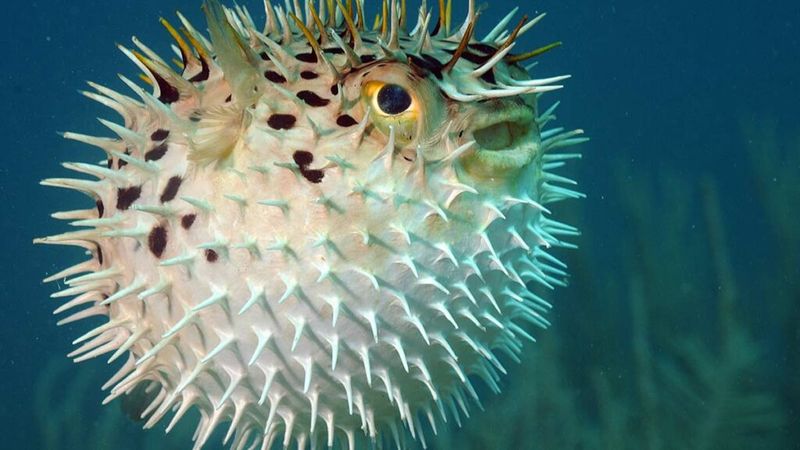
When a pufferfish senses danger, it gulps water at a rapid pace. This is the secret behind their swift transformation from a small fish to an intimidating ball.
The speed and volume of water intake are fascinating, demonstrating their evolutionary mastery in the art of deception. This water intake can triple their size!
3. Spiky Defense Mechanism
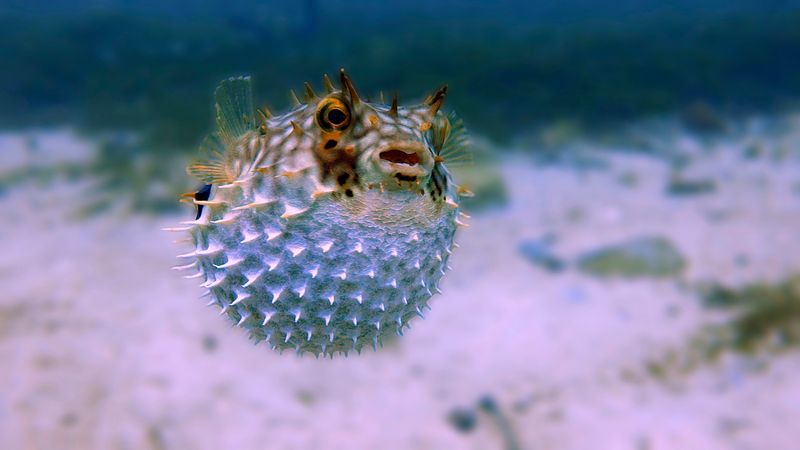
Inflation isn’t just about looking bigger. When puffed up, the pufferfish’s spikes protrude, turning it into a dangerous spiky snack.
This dramatic transformation acts as a formidable defense mechanism, deterring predators who might regret taking a bite. These spikes make the pufferfish both a visual spectacle and a tactical genius in marine survival.
4. Toxin Powerhouse
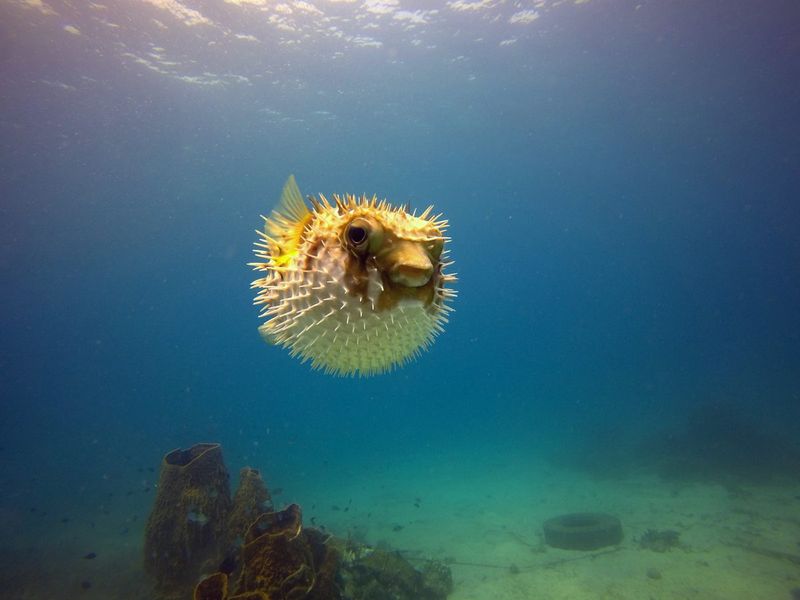
Did you know that pufferfish contain tetrodotoxin, one of the deadliest toxins known? This chemical defense adds another layer of protection.
While inflation deters many predators physically, the toxin ensures survival by threatening those who dare get too close. Interestingly, this toxin is more potent than cyanide!
5. Unique Bone Structure
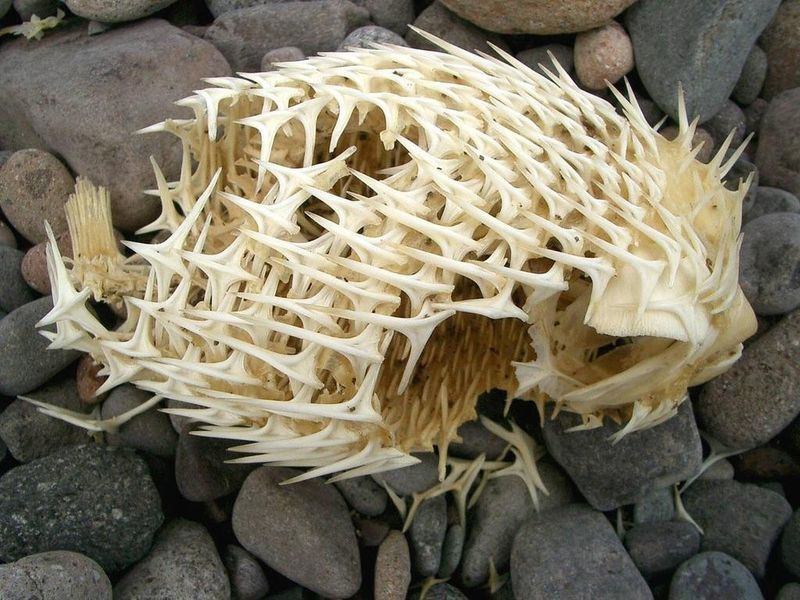
Pufferfish have a unique bone structure that supports their inflation ability. Their bones are adapted to stretch and accommodate increased volume.
This skeletal flexibility makes them one of nature’s most innovative creatures. Their bones don’t crush under pressure, providing a sturdy yet adaptable frame for rapid size changes.
6. Controlled Deflation
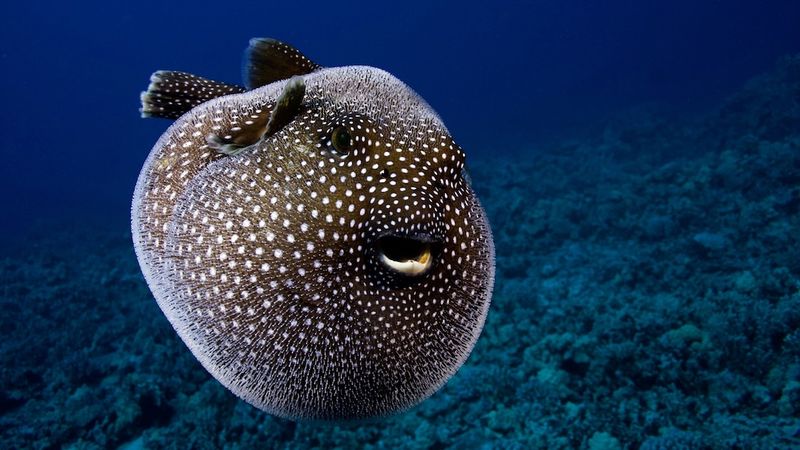
Once the threat subsides, deflation is equally controlled. The pufferfish releases water gradually, ensuring a safe return to its regular size. This process is as fascinating as inflation.
The ability to deflate slowly helps prevent damage to their bodies and ensures they can swim swiftly away from potential danger once more.
7. Inflation Training
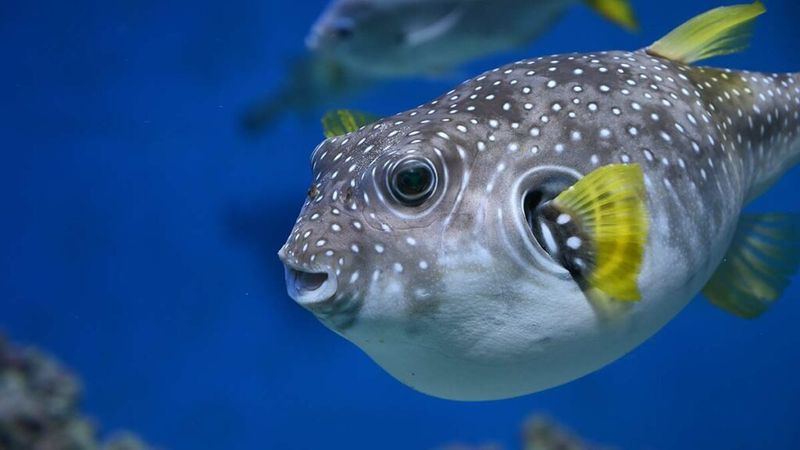
Pufferfish are not born with perfect inflation skills. Young pufferfish practice inflating to hone their abilities. This training is crucial for evading predators.
Watching them practice is like witnessing a natural marine dance, where skill meets necessity.
8. Hydrodynamic Design
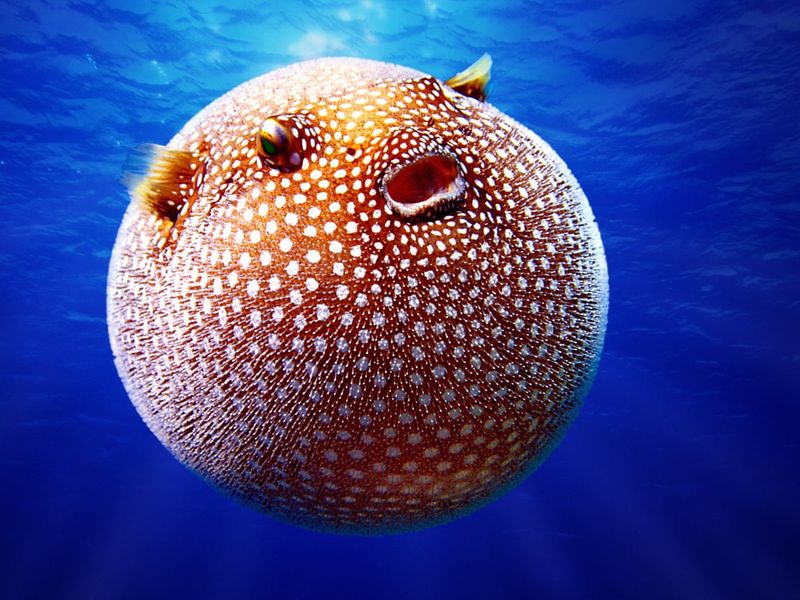
Despite their bulky appearance when inflated, pufferfish are hydrodynamically efficient. Their bodies are designed to minimize water resistance, allowing for swift movement even post-inflation.
This streamlined design is a marvel of evolutionary engineering, showcasing nature’s ability to balance form and function beautifully.
9. Cultural Symbolism
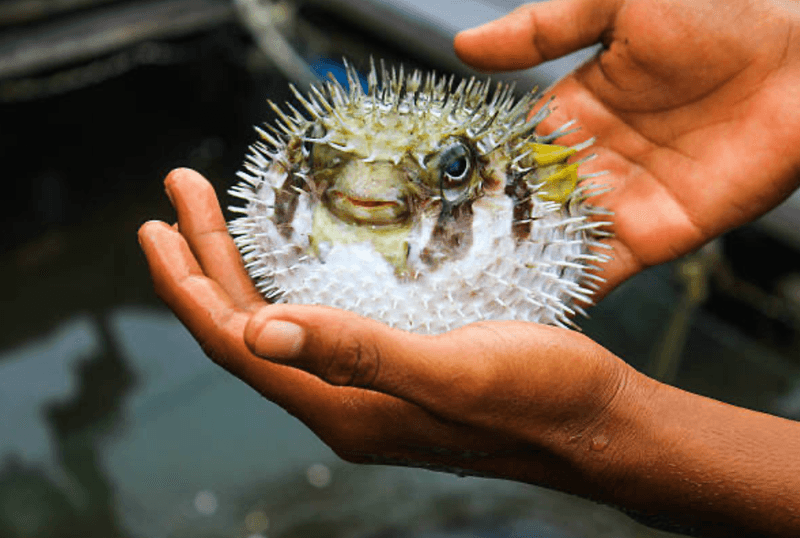
In Japan, the pufferfish, or fugu, is more than just a fish; it’s a symbol of bravery and skill. Preparing fugu is an art, requiring precision to avoid its deadly toxin.
This cultural significance reflects the pufferfish’s dual nature: a delicate delicacy that demands respect and an evolutionary marvel that commands awe.
10. Survival Without Inflation
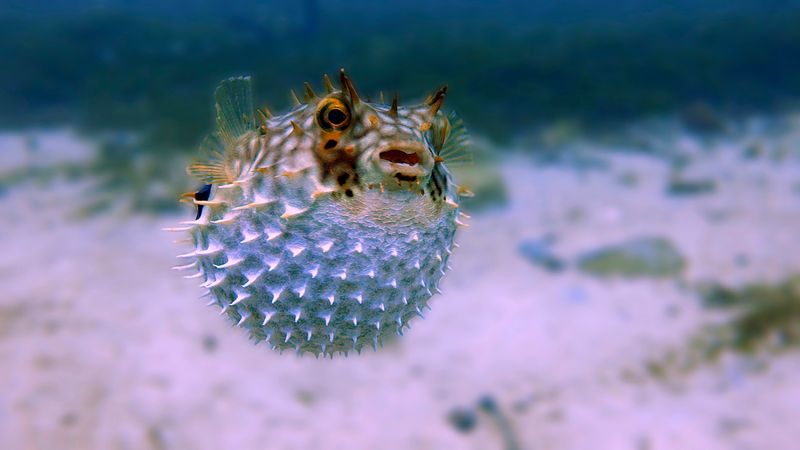
Pufferfish can survive without resorting to inflation. They often rely on camouflage and quick swimming to evade predators initially. Inflation is their last resort, a testament to versatile survival strategies.
Adaptability ensures resilience in diverse environments, showcasing nature’s ingenuity.
11. Inflation Evolution

The inflation ability evolved over millions of years, a fascinating journey of adaptation. Early ancestors of pufferfish might not have inflated, relying on other means.
Over time, this remarkable trait developed, becoming a defining characteristic. It’s a living example of how species evolve traits that enhance their survival and ecological niche.
12. Oxygen Management
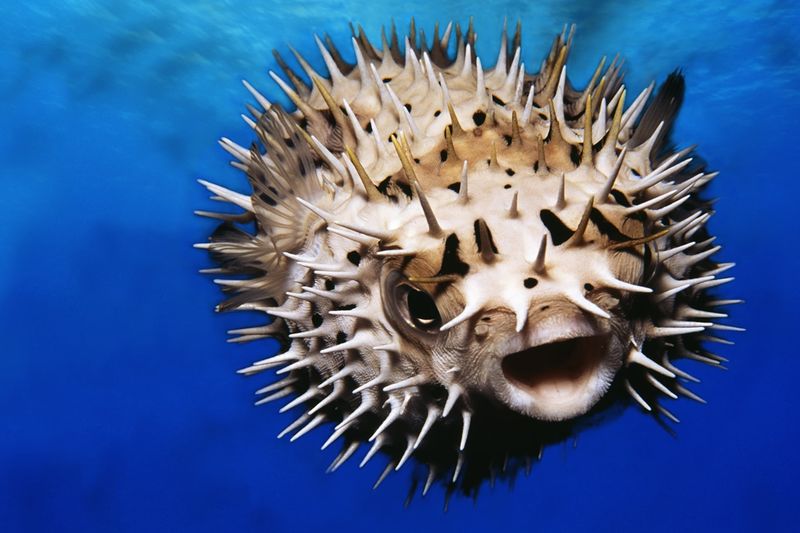
Handling rapid changes in their body size requires pufferfish to manage oxygen efficiently. During inflation, their gills operate uniquely to ensure they remain oxygenated despite the increased volume.
This remarkable physiological adaptation highlights their ability to thrive in their watery world, where clever breathing techniques are crucial.
13. Dietary Habits
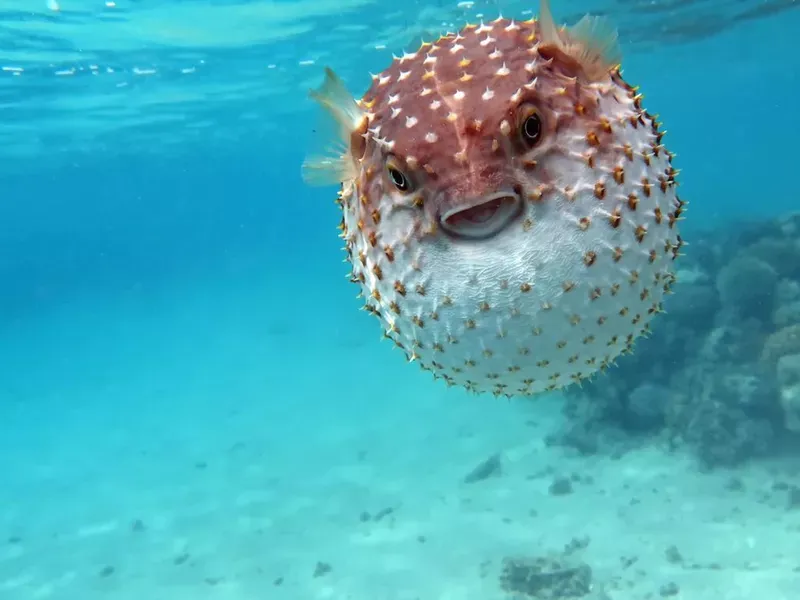
Beyond their inflatable nature, pufferfish have intriguing dietary habits. They feast on hard-shelled prey, using their beak-like teeth to crush shells.
This diet contributes to their toxin levels, as they often consume creatures with toxins.
Their eating habits underline the complexity of their ecological role and their position in the food web.
14. Inflation Limits
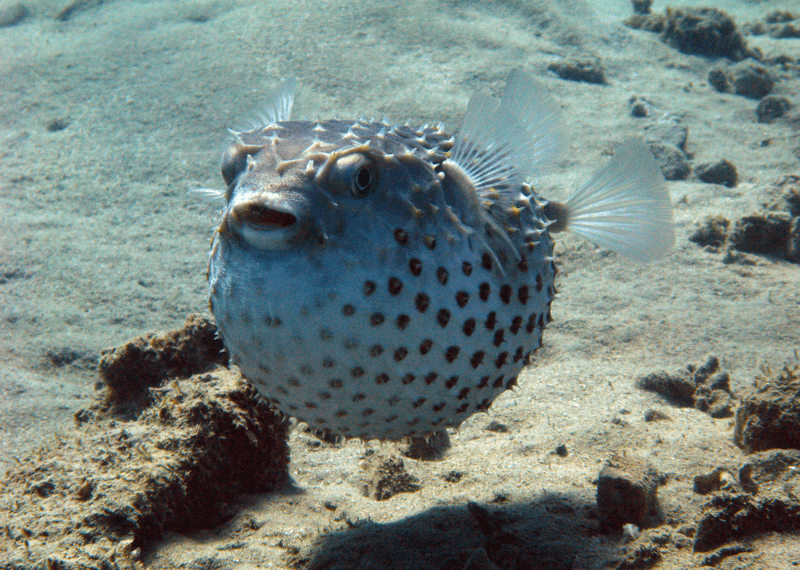
Even pufferfish have limits! They can only inflate to a certain size before risking harm.
Understanding these limits is crucial, as over-inflation can be fatal. This limitation showcases nature’s balance, where even remarkable abilities have boundaries to ensure survival.
15. Communication Through Inflation
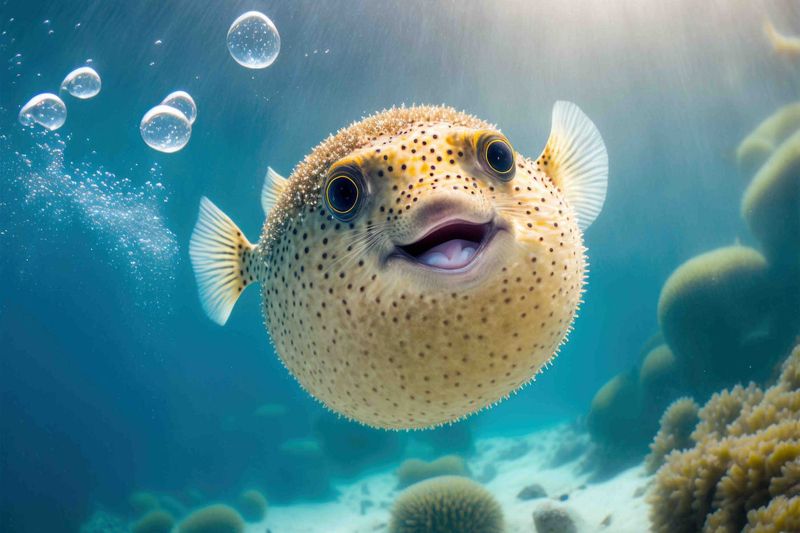
Inflation is not just about defense; it’s also a form of communication. Pufferfish may inflate to assert dominance or express discomfort.
This communicative aspect adds a layer of social complexity to their behavior. Observing a group of pufferfish reveals a dynamic social structure where inflation plays a role beyond mere survival.
16. Marine Ecosystem Impact
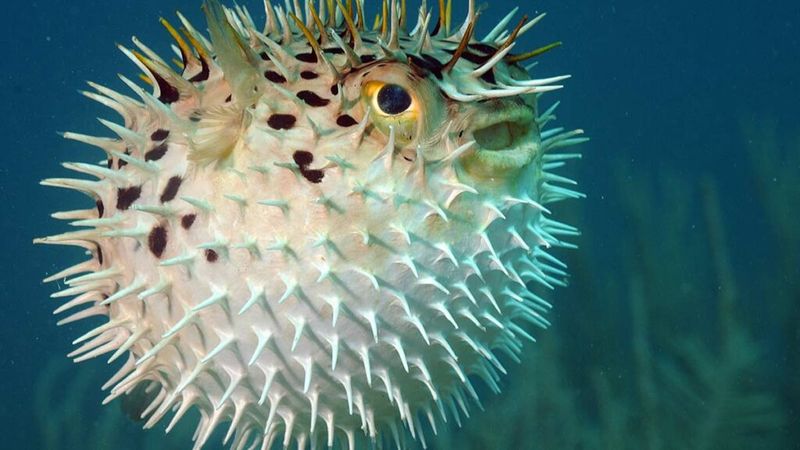
Pufferfish influence their ecosystem in diverse ways. Their feeding habits affect coral health, while their inflation behavior can alter predator-prey dynamics.
As both predator and potential prey, they maintain the ecological balance. Their role is a reminder of the interconnectedness within marine environments, where every species has a part to play.


